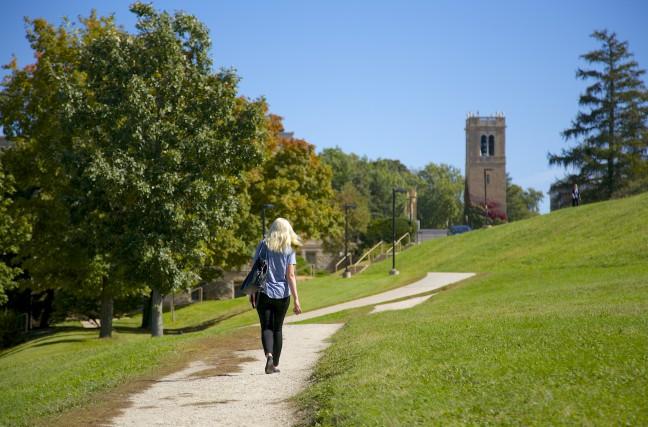“Oh, you live in Lakeshore? That’s rough,” is probably something I would have said to someone who lived in Lakeshore if I was living in Southeast.
Instead, it’s me who’s constantly pitied for living in the “quiet” and “antisocial” Lakeshore area of campus by freshmen living in Southeast. I understand their fear of closed doors and nonexistent nightlife — I ranked Witte first, after all. But after a few weeks of residing in Lakeshore, I cannot imagine living anywhere else.
The Lakeshore vs. Southeast rivalry exists as much online as it does on campus, which became apparent to me when trying to decide where to live this fall. Pages of online forums and blog articles describe Lakeshore as the antithesis of UW’s party atmosphere, while Southeast is often touted as the number one spot on campus for freshmen.
Coming from a big city, I fell for this trope quite easily, gawking at the thought of myself living away from State Street. But as I’ve come to realize, Lakeshore’s bad reputation is exceedingly undeserved.
The benefits of living in a neighborhood like Lakeshore are best explained in “Our Better Nature,” a recent episode of NPR’s Hidden Brain podcast series.
As environmental psychologist Ming Kuo explains, people who reside in areas with greater access to green space than those living in more urban areas show signs of better psychological functioning, given that simply looking at green space provides a sense of calm and prevents mental fatigue.
Walking from class to my residence hall through the Lakeshore Path allows me to refrain from thinking about school and my workload by distracting myself with the sights and sounds around me, whereas the Southeast neighborhood’s proximity to academic buildings does not allow for such a break.
Another understated benefit of living in Lakeshore is the freedom of choice. You can choose to go out to Langdon or State Street on a Friday night — a trek many of us make each weekend, despite being a mile away — or you can stay in, and rest assured that you’ll be able to do just that: rest.
Lakeshore’s distance from State Street is actually an asset. Just as Kuo describes, the abundant presence of nature in the area allows us to decompress after a night out by physically distancing ourselves from the noise pollution of downtown.
In truth, I don’t think Southeast will ever see Lakeshore as its equal, but I encourage Southeast residents to walk over to Lakeshore — and I mean past Liz Waters — every once in a while, to see for themselves what living seconds away from the Lakeshore path, in bigger dorm rooms with nearly unobstructed views of Lake Mendota, is actually like.
Anne Isman (isman@wisc.edu) is a freshman studying economics.


